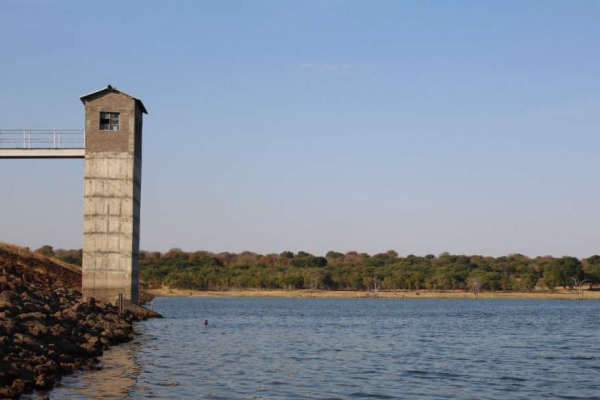
THE national dam levels have declined to an average 71% as at November 1, but the water is still sufficient to meet the domestic and irrigation requirements, Parliament’s Portfolio Committee on Lands, Agriculture, Water, Climate and Rural Resettlement chairperson, Justice Mayor Wadyajena has said.
BY MTHANDAZO NYONI
Wadyajena, who read out the committee’s report at the 2018 pre-budget seminar in Bulawayo last week, said the current levels were sufficient to meet the country’s needs.
“The national storage levels are currently at 71,2% (full) as at the 1st of November 2018. The current dam storage levels can sufficiently meet the current and medium-term water demands for urban and rural water supply and irrigation requirements for early summer cropping,” Wadyajena said.
In the report, the committee noted that public-private partnerships have worked in different parts of the world and, as such, legislation should be aligned to allow private companies to form water companies.
According to the Zimbabwe National Water Authority, as of yesterday, Mtshabezi Dam had the highest dam level of 91,5% followed by Mazvikadei at 91,4%, Manyame Catchment 86,6%, Manyuchi 82,7%, Chivero 80,8%, while Manjirenji and Sebakwe are both at 79,4%.
Seke, Upper Ncema, Upper Insiza and Harava have got the lowest levels of less than 30%.
Meanwhile, the United Nations International Children’s Emergency Fund noted in its 2019 budget proposal that in 2017, only 0,4% of the budget went to the water sector which is below the world standard of 0,7% of national resources.
- Chamisa under fire over US$120K donation
- Mavhunga puts DeMbare into Chibuku quarterfinals
- Pension funds bet on Cabora Bassa oilfields
- Councils defy govt fire tender directive
Keep Reading
“In light of the recent cholera outbreaks, more resources should be set aside for an integrated water management system,” Wadyajena said.
Given Zimbabwe’s affliction with cyclical drought, the committee said there was need to start looking towards climate smart agriculture strategies, including the development of climate smart villages.











